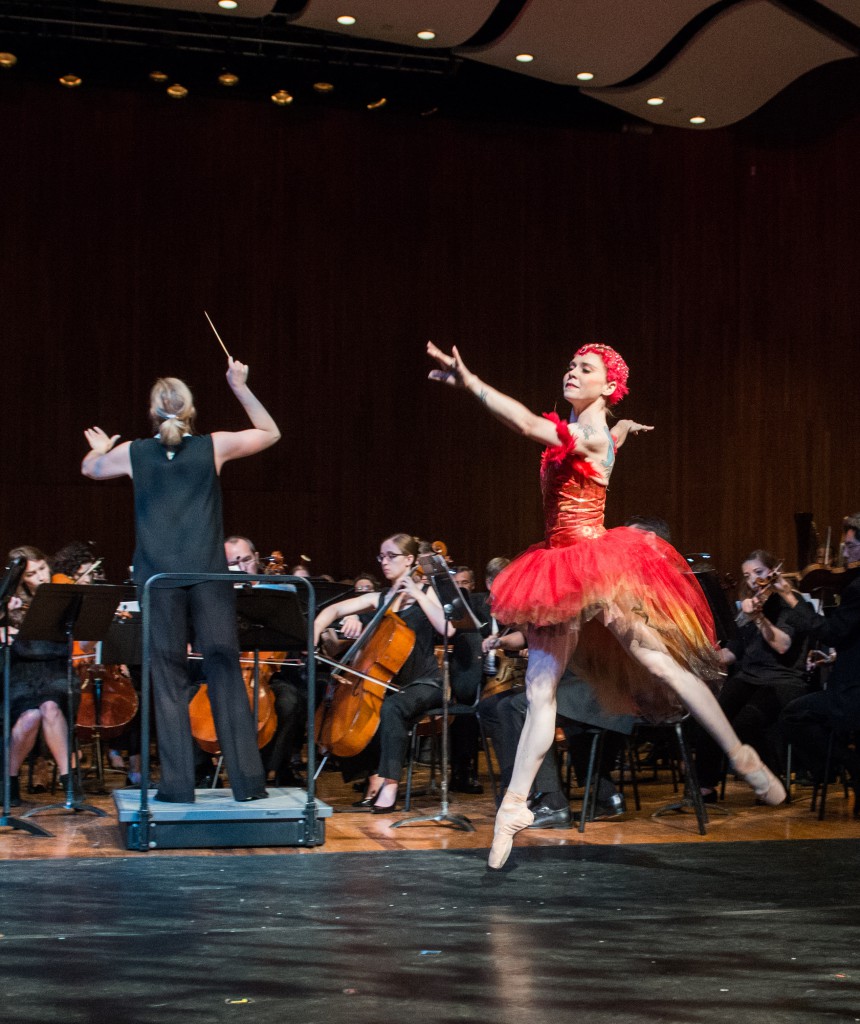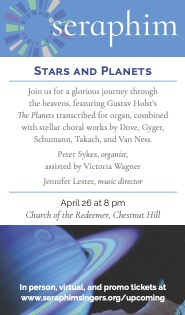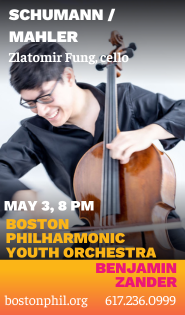Cambridge Symphony offers an admirable Terpsichorean “Firebird”

Ruth Whitney danced the title role in Stravinsky’s “The Firebird” with Cynthia Woods leading the Cambridge Symphony Orchestra Saturday night. Photo: Steve Wollkind
Stravinsky’s Firebird is one of the most recognizable scores in the orchestral repertoire. But rarely—in Boston anyway—does one get the chance to see and hear the work performed in its original form.
Saturday night at MIT’s Kresge Auditorium the Cambridge Symphony Orchestra, led by Cynthia Woods, and NorthEast ArtSpace offered a complete, semi-staged performance of 1910 ballet.
The decision to produce a piece such as this one is adventurous even for a professional orchestra. The Cambridge Symphony, which is an all-volunteer orchestra, has proved itself in the past to be a unique ensemble for its class. Their concerts have featured difficult masterworks, including Mahler symphonies, in recent seasons.
The orchestra plays well. Strong in every section, the ensemble is capable of fine corporate blend. Balances are well proportioned, though some wavering string intonation and untidy wind attacks creep into the texture on occasion.
Such was the impression in the opener, Dvořák’s The Water Goblin. Based on ballads and folk tales by Czech poet K. J. Erben, Dvořák’s tone poem tells a mysterious tale of good and evil.
Conductor Cynthia Woods, leading with a mix of waving and bouncing gestures, coaxed a reading of buoyant energy. The aforementioned technical issues apart, the performance had a sense of the big picture and Woods has a fine ear for the details of Dvořák’s score. She mined the mystery from the slow passages, pulling cool, smoky tones from the strings, and commanded glittering climaxes from the full ensemble.
The Firebird fared better, and the music was vividly brought to life by the talented dancers of NorthEast ArtSpace.
The story of the ballet, based on Russian folk tales, tells of Prince Ivan, who captures a mystical firebird that promises to come to the prince’s aid when called upon. Ivan, meanwhile, is looking to shatter the spell that keeps the evil King Kashei in power. Love between the prince and one of Kashei’s captured princesses, the beautiful Vasilisa, blossoms before Ivan summons the firebird to break the king’s spell.
Gianni Di Marco’s choreography kept the action moving forward with only a few questionable moments.
As the firebird, Ruth Whitney was a graceful presence, her movements whirling and nimble. But the choreography didn’t always use the dancer to her full potential. In the Lullaby scene, she did little more that tiptoe across the stage. But her duets with Ivan, danced strongly by Alan Alberto, and the impish King Kashei, portrayed with vigor by Gianni Di Marco, were beautifully rendered. As Princess Vasilisa, Jaime DeRocker moved with graceful, fluid motion.
In addition to dancing the title role, Ruth Whitney was also responsible for the costumes, which recalled the colors and patterns of the original Ballets Russes production.
But it was the orchestra that laid the groundwork for Saturday’s solid performance. Woods kept to standard, even slightly subdued tempos, yet the Infernal Dance managed to sound energetic thanks to stellar contributions from the brass section. The most beautiful playing came in the “Lullaby of the Firebird,” highlighted by a superb bassoon solo.
Kudos also goes to the orchestra’s principal cellist, oboist, violinist, and hornist, who all floated warm solos in their respective moments in the score.
The Cambridge Symphony Orchestra will present a pops program of Broadway songs and patriotic pieces 3 p.m. June 26 at Sennott Park. cambridgesymphony.org
Posted in Performances



